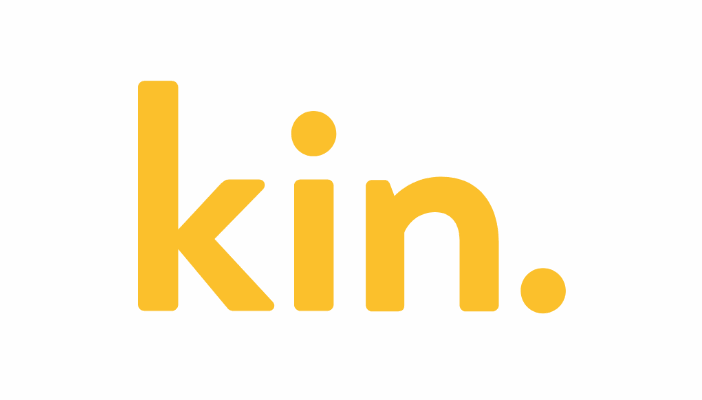Kin taking greater control of its reinsurance with Kincession

Direct to consumer homeowners insurtech Kin Insurance appears to have an ambition to take greater control of its reinsurance arrangements, as it has established a Bermuda based captive reinsurance platform and a related holding company named Kincession, Ltd.
Kincession, Ltd. and the related Class 3 Bermuda segregated accounts reinsurance company, are set to act as a captive platform for Kin, for now.
But this move also demonstrates how the fast-growing insurtech could bring third-party capital more directly into its business as it grows, which could really set the reciprocal business model apart.
Kin Insurance already leverages reinsurance to protect itself and expanded its catastrophe reinsurance program at the mid-year, which it said reflected its commitment to helping homeowners most affected by climate change.
While the program doesn’t contain any insurance-linked securities (ILS), it does appear to have some capacity that is fronted for ILS funds, although as ever this is less visible due to sitting behind recognised traditional reinsurance entities. One such example seeming to be Pillar Capital fronted by Hannover Re.
It’s also worth noting the relationship with specialist ILS, reinsurance, insurtech and transportation investment manager Hudson Structured Capital Management (HSCM), which had played a key role in the planned, although now terminated, acquisition of Kin by a SPAC vehicle.
But, while use of the typical reinsurance markets to protect itself is important and Kin has clearly been creating relationships more broadly that could play into its reinsurance in time, the company also appears to have ambitions to gain greater control over reinsurance availability and has established a captive reinsurance platform in Bermuda, alongside holding company Kincession Ltd.
Kincession Ltd. will own the shares of a segregated account of a Class 3 Bermuda reinsurance company. It’s not clear at this time if Kin has established its own reinsurer, or whether it is utilising a rented segregated cell platform.
The captive reinsurance platform, so the segregated cell and the owner of the shares being Kincession Ltd., will enter into a quota share reinsurance arrangement with the Kin Interinsurance Network, the firms Florida based reciprocal insurance exchange.
Kin said that it is funding the captive reinsurer cell, with the quota share reinsurance arrangement fully collateralized by this.
So, it sounds like Kin is funding this collateralized quota share itself for now, to take control of one piece of its reinsurance arrangements.
It’s a little like a retained sidecar, but a captive and self-funded one to begin, which could easily be turned into something capital market facing in future.
It’s a great way to demonstrate alignment with the reinsurance panel, retaining some of the risk in the captive.
But it also shows how insutech’s and high-growth primary carriers, or even MGA’s, can establish structures that would make it far simpler to welcome third-party or ILS investor capital into their reinsurance arrangements.
There are plenty of ILS investors that would likely welcome a chance to explore a way to fund a quota share, or a portion of one, for Kin.
By establishing its own Bermuda based structure to support this, Kin now has a route through which investors could access its reinsurance program more simply, enabling the company to save money on program renewal costs, while bringing lower-cost capital into its reinsurance arrangements, should it choose to in future.
It’s also a sign of an insurance company looking to set out a platform to support growth, as having these types of facilities available early on, means that discussions with potential third-party reinsurance capital providers could begin early and investors be educated and brought up to speed as to how they could be working with the company.
The performance and results of Kincession will be a great way to demonstrate the economics of participating in Kin’s reinsurance program on a similar basis, for example.
We’ve spoken to an increasing number of high-growth primary carriers and insurtech’s that are interested in establishing platforms that could help them make their reinsurance programs more efficient.
Using capital markets technology to make reinsurance more efficient in its support of insurance technology growth, aligns well with the mind-sets of many of these high-growth insurance firms, while captive approaches can also allow capital to be utilised more efficiently as well.
Kin shows one way this can be achieved and starting as a captive is also a smart approach.
As it should be relatively simple to switch in third-party funding in future, to collateralize the underlying risk transfer arrangements, should the insurtech choose to.






